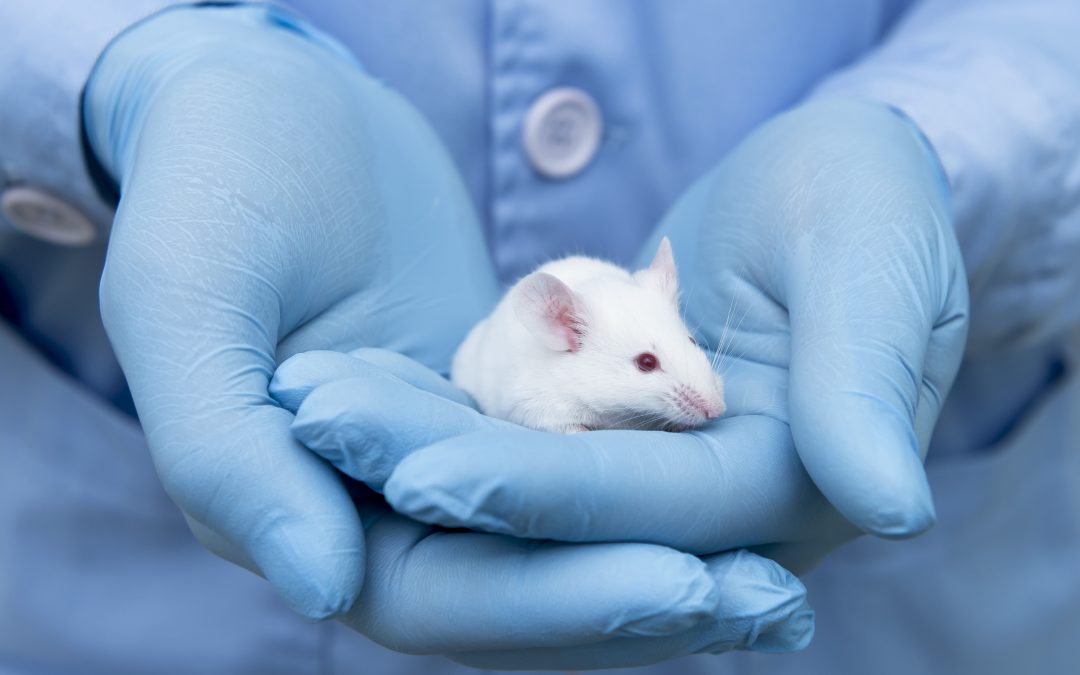Depression, or major depressive disorder (MDD) as it is known clinically, is one of the most common debilitative disorders on the planet. In 2015, it’s estimated that 216 million people (about 3% of the world population) suffered from depression. In the United States, depression is the leading cause of disability for people between the ages of 15 and 44. According to the Anxiety and Depression Association of America, MDD affects more than 15 million Americans annually – 6.7% of the adult population. Depression is believed to be caused by some combination of genetic, environmental, and psychological factors. However, the specific cause of the condition remains unknown.
In the past, the brain’s serotonin-delivery (serotonergic) system has been suspected to be involved with many psychiatric conditions, including depression. Serotonin is a chemical produced primarily in the gastrointestinal tract, but also plays a role in the function of the nervous system. It is thought to play a part in feelings of happiness, well-being, etc. Serotonin that gets used by the nervous system is predominantly managed in a part of the brain called the Raphe nuclei, which is in the brainstem. There aren’t many serotonergic cells in this area (only about 300,000), but they can deliver serotonin to the rest of the brain through a complex system of axons. Most studies of the causes of depression have focused on how serotonin is created and processed chemically in the brain when looking for causal links. However, a new study looks at how the axons that deliver the chemical spread out through the brain and what genes effect their development.
The range that the serotonin can be spread from the axon system is quite small. Therefore, the axon system needs to be properly distributed to ensure that serotonin can reach all the target areas in the brain – if the system isn’t adequately spaced, parts of the brain could be cut off from receiving serotonin. Researchers looked at which genes, and the proteins they encode, were responsible for controlling the development of the axon network. A group of proteins called protocadherins (Pcdhs) were found to be important to the proper spacing of the network. These proteins can determine when they are close to each other and display homophobic behavior: they naturally look to avoid being near similar proteins. This process results in the axons being able to space themselves properly throughout their target area of the brain as they grow.
The researchers used genetically modified mice see how the absence of different protocadherins affected the development of the serotonergic system in mouse brains. They found that one protein, Pcdhac2 (protocadherin alpha c-type isoform 2), was the critical protein in the process. When mice were modified to not produce this protein, their serotonergic axons didn’t properly space themselves. Instead, they tended to grow in clumps and clusters. This greatly limited the reach of the serotonin neurons and left large areas of the brain cut off from serotonin distribution.
Researchers observed depression-related behaviors in these mice. For example, they performed worse than control mice in a forced swim test, which measures how long the animals will try to escape a stressful environment. Since there were no differences in the muscles or mobility between the modified mice and the control, the difference in performance probably stems from a neurological source – specifically the change in serotonergic wiring in the brain. The modified mice’s performance in the swim test is consistent with what would be expected of mice exhibiting signs of depression, leading the researchers to the posit that the changes in the serotonergic axon development from the removal of the Pcdhac2 protein could be an underlying cause of depression.
For experiments involving mice or other rodents, Powers Scientific offers rodent chambers that are adaptable to a variety of environments. Our chambers offer a temperature and lighting controlled environment with a temperature range of 6.5-50°C, and 0-15 fresh air exchanges per hour. Each chamber comes equipped with features such as clock-controlled lighting, solid doors, an interior outlet and access port, doors locks, an audible/visual alarm with relay, stainless steel construction, and casters. Many other options are available, including additional lighting or LED lighting, dual or multi-point temperature control for temperature stressing, top-mounted or remote compressors, extra-deep sizes, or RS-232 or data retransmit outputs. Our chambers are all built to order, allowing the individual researcher to tailor the incubator to fit the required parameters of the experiment without paying for features that aren’t needed.
For more information on our rodent incubators, or fill out our Contact Us form or call us at (800) 998-0500 to request a catalog or quote.
For more information regarding depression, including symptoms, risk factors and more, visit the National Institute of Mental Health or Careers in Psycology.


